Marigold Dye
Marigold Dye from the vibrant petals of the edible Mexican marigold, Tagetes erecta. Rich in lutein the same natural pigment that gives egg yolks their golden hue, this extract delivers strong, clear yellows on natural fibers. It produces a wide range of shades, from soft lemon to deep sun yellow.
The dye bonds well with both animal and plant fibers, including cotton. For a medium yellow tone, use at 5%. We source our marigold petals sustainably by recycling unsold temple offerings in India. A GOTS (Global Organic Textile Standard) certified manufacturer produces the extract to ensure ethical and eco-friendly practices.
Background on Marigold Dye
The Mexican marigold, Tagetes erecta, originally grew in central and northwestern Mexico, especially around the state of Michoacán.
Its vibrant orange and yellow flowers and easy cultivation quickly made it a favorite around the world. In the United States, people mostly grow it as an ornamental plant.
In Thailand, cooks use the petals to garnish salads. In India, farmers grow marigolds on a massive scale and vendors sell them outside temples.
Artisans often sew the flowers into garlands, which worshippers offer to deities and holy places. People consider marigolds auspicious, and their pleasant scent fills the air.
We create our Marigold Dye using surplus marigold garlands. Instead of letting these beautiful flowers go to waste, we collect them and extract their vibrant color from the petals.
The primary dye compound in Tagetes erecta is a carotenoid called lutein. Recent meta-analyses suggest that lutein may offer anti-inflammatory and neuroprotective benefits and may help prevent degenerative eye conditions (Mitra et al. 2021:2).
Although you can also find lutein in carrots, salmon, and cantaloupe, marigolds contain it in much higher concentrations. If Marigold Extract’s color reminds you of egg yolk, you’re right—lutein also gives yolks their rich yellow hue.
We love working with Marigold Extract because of its strength, pleasant aroma, and forgiving dyeing process. It performs well without strict controls over pH or temperature. When paired with an alum mordant, it produces a clear, bright yellow on all fibers, including challenging ones like cotton and alpaca.
Safety Precautions for Marigold Dye
- Do not ingest. We prepare this extract specifically for textile dyeing, not for use as an herbal supplement.
- Avoid eye contact. If Marigold Dye gets into your eyes, rinse immediately with cool water.
- Do not use this extract as a cosmetic additive. Avoid applying it directly to your skin or hair.
- Open the container carefully to prevent spills or airborne dust.
- If you spill the extract, wipe it up immediately using a paper towel or disposable rag.
- Keep the extract away from clothing, countertops, rugs, utensils, and other surfaces or items not intended for dyeing—this product can permanently stain them.
- Use only dye pots and utensils dedicated to dyeing. Never use pots, containers, spoons, tongs, thermometers, or other tools for food preparation after using them for dyeing.
- Keep Marigold Dye, as well as any dye baths and mordant solutions, out of reach of children and pets. Always use under adult supervision.
- we do not accept responsibility for misuse of this product or for any unintended staining of clothing, workspaces, or other property. Use only as directed.
Recommended Supplies for Marigold Dye
- Choose a dye pot large enough to hold all your fibers comfortably. Make sure there’s plenty of space for the fabric to move around and for the liquid to circulate freely. This helps prevent dye particles from settling unevenly and creating dark splotches.
- Use metal tongs to stir the fabric and lift it out of the pot. Dedicate these tongs to dyeing only—never use them for food preparation.
- Wear rubber gloves when handling the extract powder and when working with mordanted or freshly dyed fiber before rinsing. This protects your skin and helps avoid unwanted staining.
- Clip a candy thermometer to the side of your dye pot to monitor the temperature accurately throughout the dyeing process.
- Use a scale to weigh your fiber, mordant, and extract powder. Accurate measurements help ensure consistent dye results.
- Prepare an alum mordant before dyeing. Use aluminum potassium sulfate, also known as potash alum—the same type of alum found in the spice section of most grocery stores.
- Mix the extract powder into a paste using a disposable cup. This makes it easier to blend the dye into your dye bath evenly.
Mordanting with Alum
Marigold Dye bonds best to fibers that have been mordanted with alum. For optimal results, begin by soaking your fibers in water for a few hours before mordanting. This helps the mordant penetrate deeply and evenly. Be sure to weigh the fibers while they are still dry.
Dissolve alum in hot tap water—it dissolves quickly and easily. Heat your fibers in the mordant bath for one hour at 180°F, then allow them to cool.
All Fibers (Wool, Silk, Cotton, etc.):
- Weigh your dry fibers.
- Multiply the fiber weight by 0.12 to calculate how much alum you need (12% WOF—Weight of Fiber).
- Fill your dye pot with hot tap water, leaving enough room to fully submerge the fiber.
- Weigh out the alum and add it to the pot. Stir with a spoon or metal tongs until fully dissolved.
- Gently add your soaked fibers to the pot.
- Heat the bath to 180°F and maintain the temperature for one hour. If you don’t have a thermometer, look for steam rising from the surface without bubbling—if it bubbles, reduce the heat.
- Stir the bath every 15–20 minutes to help the fibers mordant evenly. Uneven mordanting can cause patchy dye results.
- After one hour, turn off the heat and allow the bath to cool to room temperature.
- You may rinse the fibers right away or let them steep overnight in the mordant bath—this improves results, especially for thick or tightly woven fabrics.
- Once cool, remove the fibers. Wearing rubber gloves, gently squeeze out the excess solution back into the pot.
- Rinse the fibers briefly in lukewarm water to remove any excess alum. You don’t need to wash them thoroughly at this stage.
- Set the fibers aside until you’re ready to dye. Keep them out of reach of children and pets.
- Dispose of the used mordant bath according to your local waste guidelines.
Cellulose Fibers (Cotton, Linen, etc.):
Scour cellulose fibers thoroughly before mordanting. Although traditional scouring uses a soda ash solution, you can use household detergents like Tide® instead. These detergents have a high enough pH (around 11) and are effective when used in a hot washing machine cycle.
Optional: Apply a clear tannin before mordanting.
- Choose a clear tannin like sumac or gallnut extract. Avoid dark tannins, which can muddy the yellow color.
- Fill your dye pot with hot water.
- Add 2–5% WOF of your chosen tannin (refer to your vendor’s instructions for exact percentages).
- Simmer the fibers in the tannin bath for one hour, stirring regularly to prevent particles from sticking to the fabric.
- Let the bath cool, then remove and rinse the fibers thoroughly.
Mordant the scoured or tannin-treated cellulose fibers with alum using the same steps outlined above for protein fibers. Handspun, handloom, and organic cotton or linen tend to absorb natural dyes better than commercial cotton, but both types work well with Marigold Dye.
Recipe: Sun Yellow
To achieve a clear sun yellow, use 5% weight-of-fabric Marigold Dye on alum mordanted fiber. Marigold dyes all natural fibers well, though the final color may vary slightly depending on the fiber type and how thoroughly it was mordanted.
- Fill your dye pot with warm water. Ensure there is enough space for the fabric to move freely and for the water to circulate well.
- Adjust the pH of the water to neutral (around 7) using white vinegar or baking soda. If you don’t have pH strips, skip this step—most tap water is close enough to neutral to work fine.
- Weigh your dry fiber, then calculate 5% of that weight to determine how much Marigold Extract you need.
- Place the measured extract into a disposable cup. Add a small amount of hot water and stir to form a smooth, thin slurry. Break up any clumps to prevent splotching on the fabric.
- Pour the slurry into the dye bath and stir thoroughly. The water will turn a deep orange color.
- Add your pre-mordanted, pre-wetted fibers to the dye bath.
- Raise the temperature to 180°F for protein fibers or 200°F for cellulose fibers.
- After dyeing, remove the pot from heat and allow the contents to cool to room temperature.
- Take out the fibers and rinse them briefly in lukewarm water to wash off loose dye particles. Hang the fabric to dry first to help set the color.
- For the final rinse, use a pH-neutral detergent specifically made for textile work. These detergents effectively remove residual dye without affecting color.

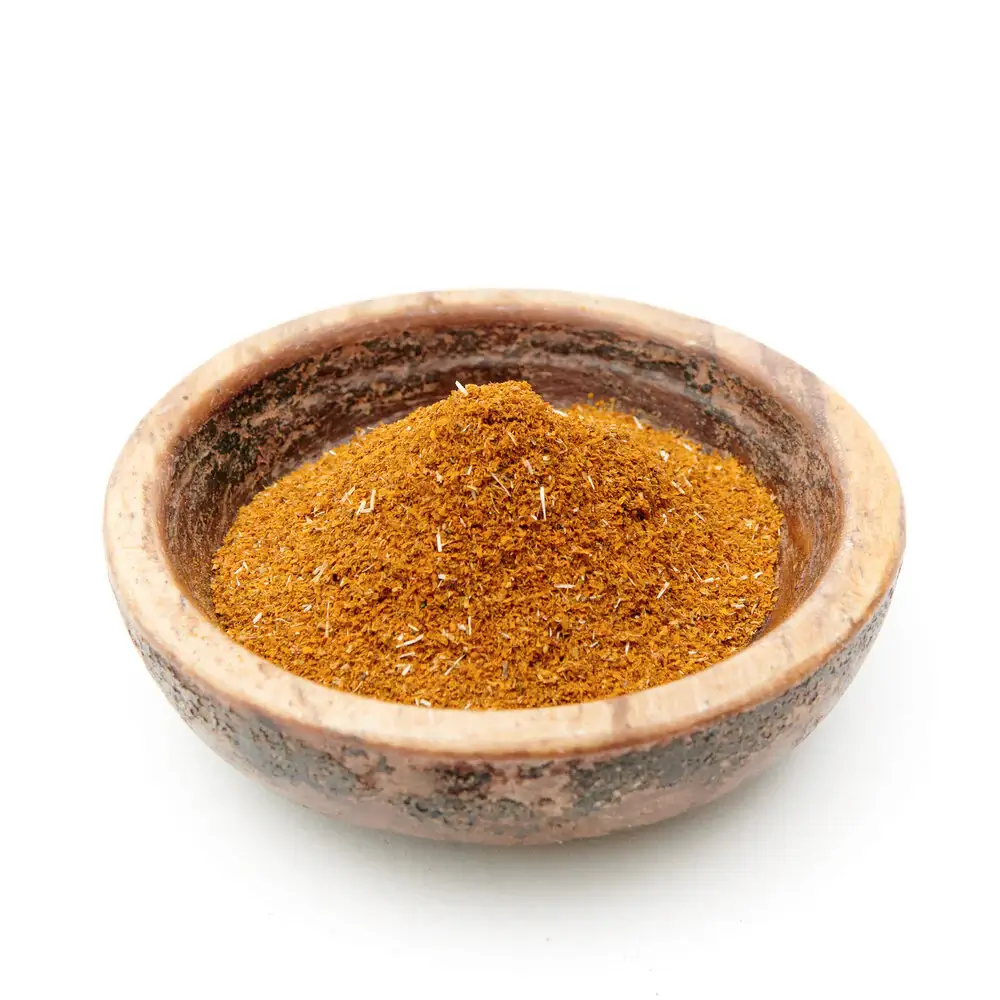
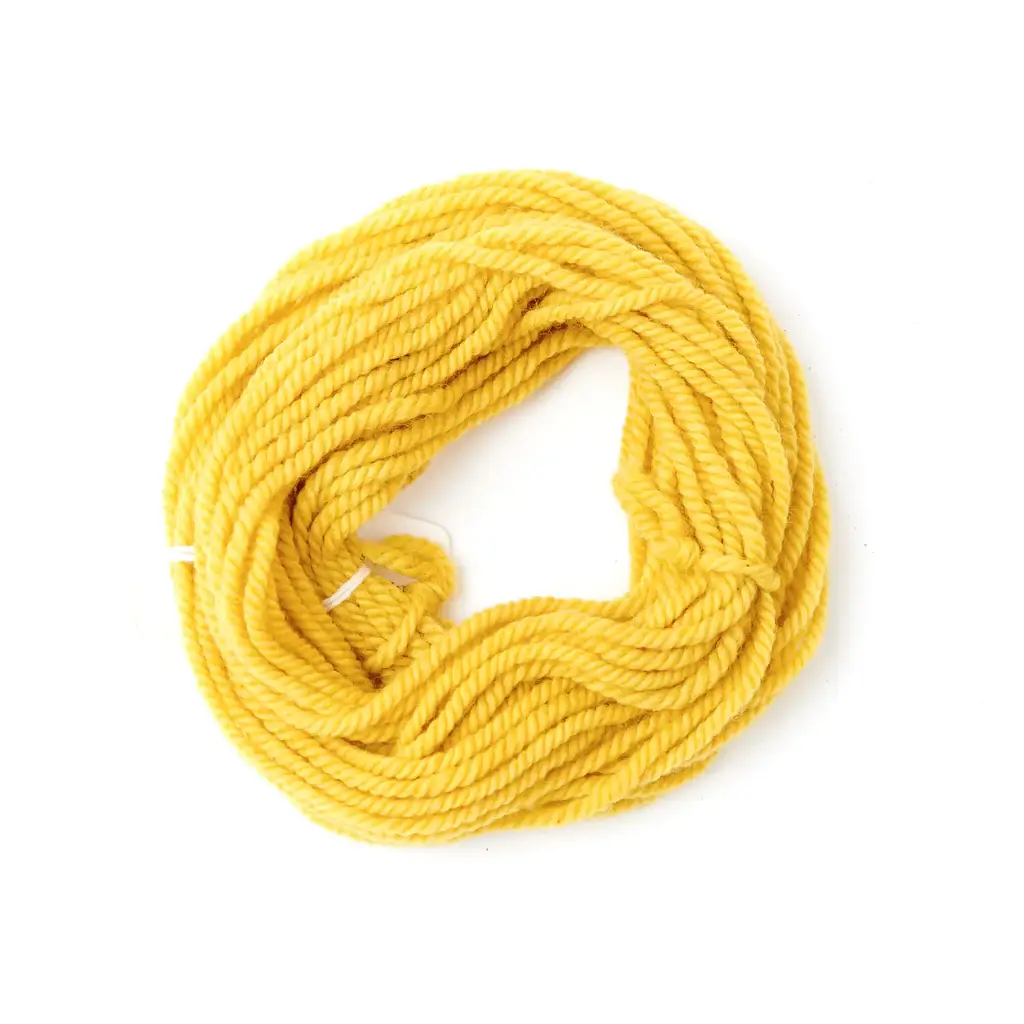
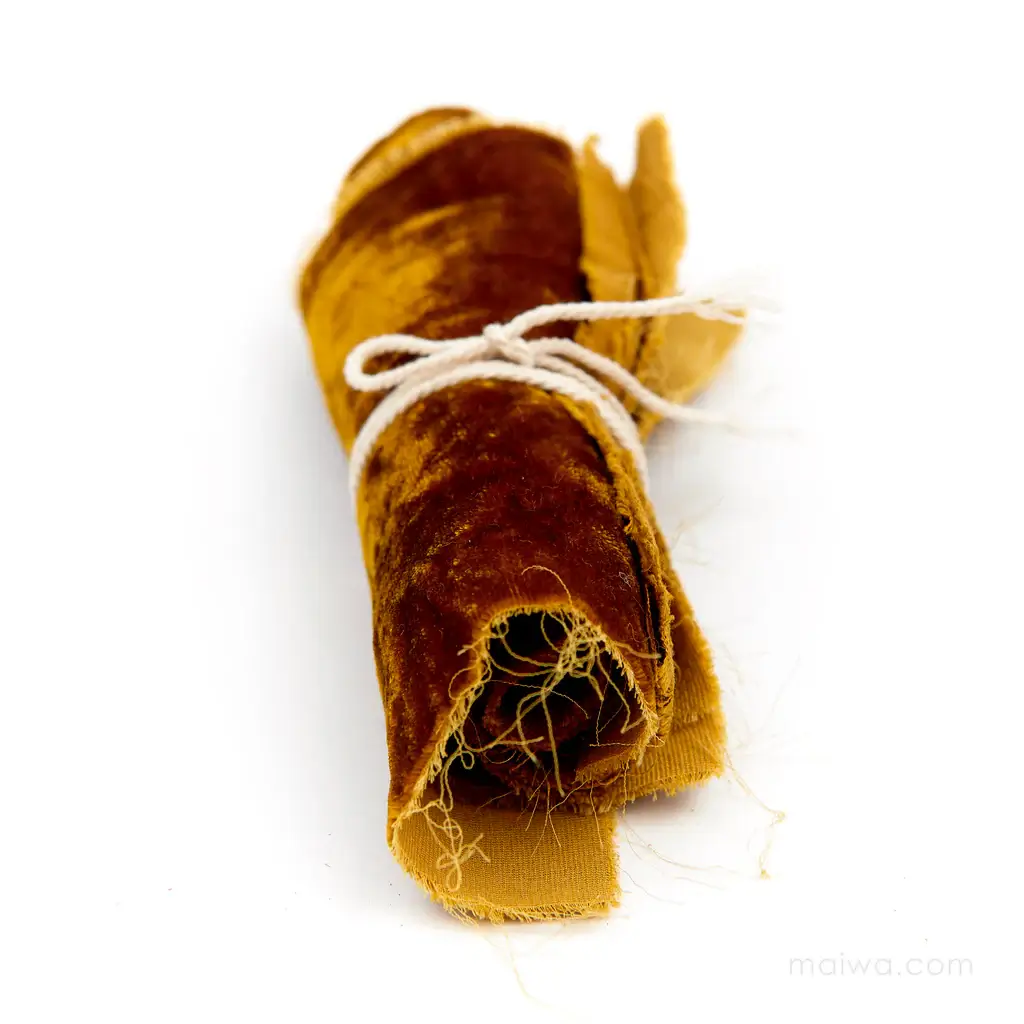
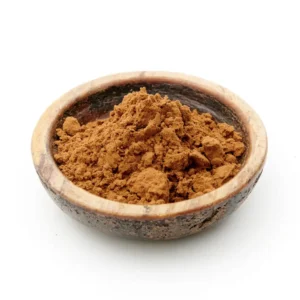
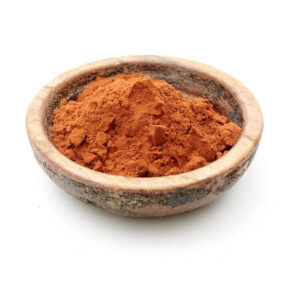
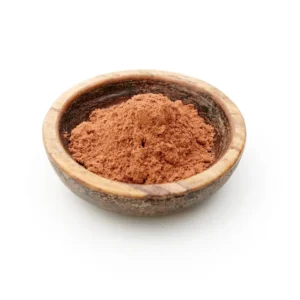
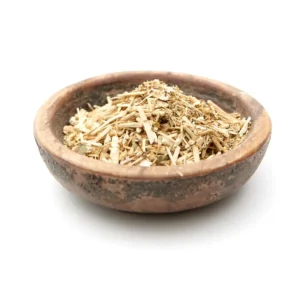
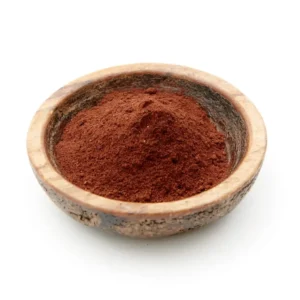
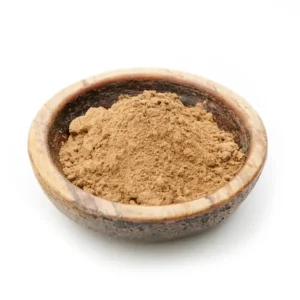
Reviews
There are no reviews yet.